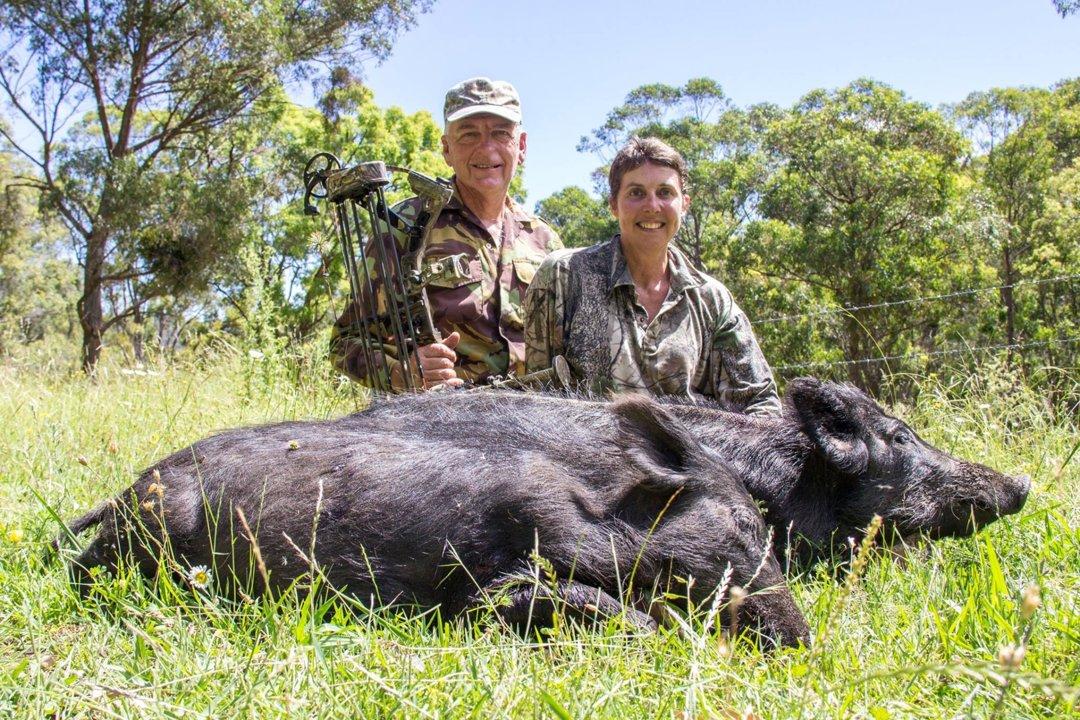
The Australian Deer Association (ADA) is a not-for-profit member-based organisation established in 1969 to advocate for an evidence-based approach to wild deer management and campaign for public land
Post: 25 April 13:23

Post: 25 April 13:23

Post: 29 September 07:12

Post: 25 March 09:24

Post: 29 July 11:48

Post: 6 October 07:07

Post: 5 October 20:22

Post: 5 September 20:45

Post: 21 May 18:12

Post: 18 May 13:56

Post: 17 May 20:45

Post: 16 May 12:23

Post: 27 June 14:25

Post: 3 September 08:57

Post: 23 January 16:01

Post: 16 December 10:00

Post: 11 October 09:47

Post: 4 September 15:21

Post: 26 February 16:36

Post: 19 February 22:57

Post: 28 December 08:53